Celtic Mythology
-
Awakening during Brigid’s Season As we approach Imbolc, the time of awakening in the northern hemisphere, we find ourselves at another pivotal moment. Imbolc, known as “Imbulk” or “Imbolg” in Old Irish, signifies ‘in the belly’ (with ‘bolg’ meaning ‘belly’ in Gaeilge, or the Irish language). This term is believed to relate to the pregnancy…
-

The Early Years of Cú Chulainn In ancient Ireland, there was a young lad known as Setanta, who would later be celebrated as Cú Chulainn. He resided in the vicinity of Dún Dealgan, contemporary Dundalk, alongside his father Sualtam, a valiant warrior, and his mother Dechtire. His uncle, Conchobar mac Nessa, ruled as the king…
-
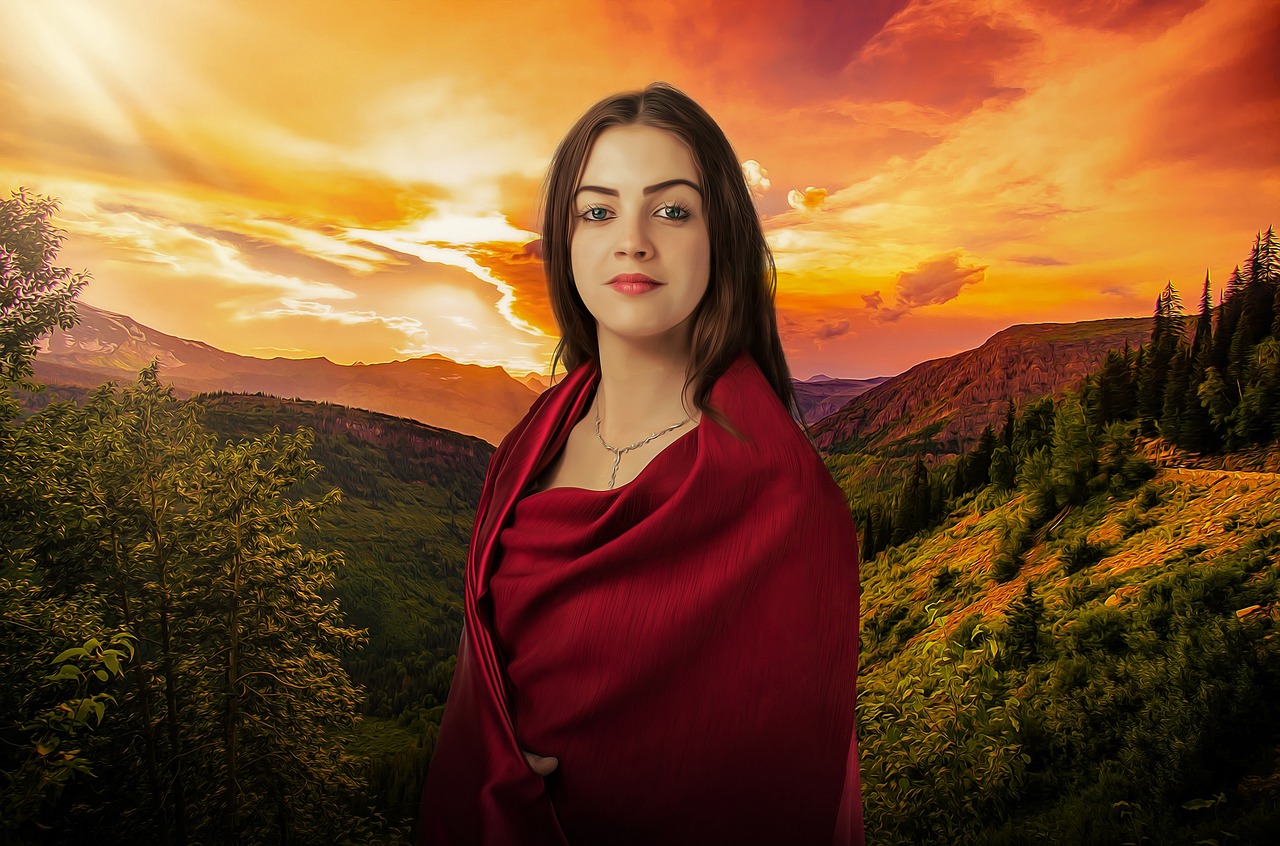
Introduction Dagda stands out as a pivotal figure in Celtic mythology, distinguished by his tremendous strength, sagacity, and mystical powers. Revered as the god of life, death, and fertility, he embodies the cycles of nature and the fluctuating seasons. This guide delves into Dagda’s historical significance and mythological narratives, highlighting his roles, attributes, and lasting…
-
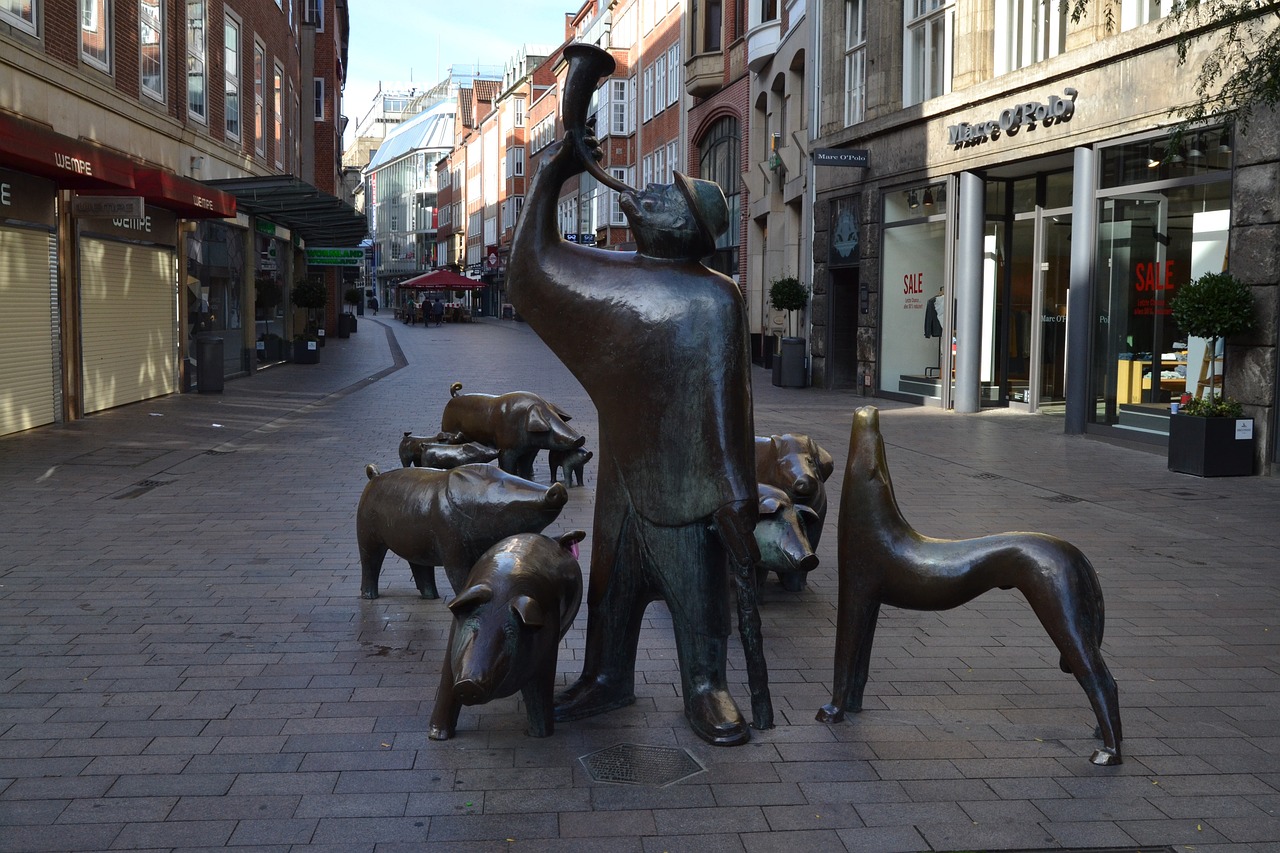
The quarrel between the two swineherds originated from the rivalry between their respective kings, Bodb of the síd-mounds of Munster and Ochall of the síd-mounds of Connacht. Each side, represented by their swineherds—Friuch and Rucht—claimed greater power and prowess over the other. Despite their friendship and mutual abilities to shapeshift, the competition started to escalate…
-
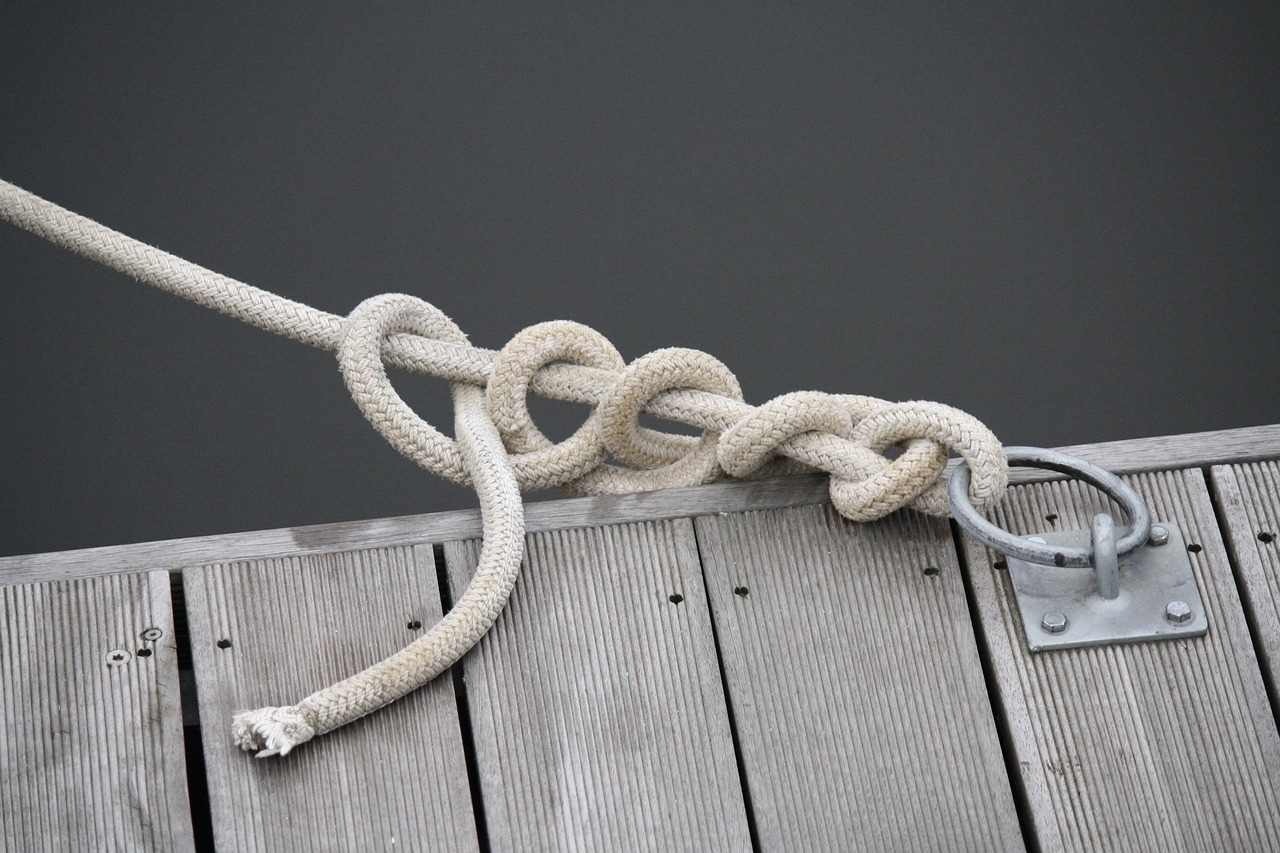
Unique Jewelry Creations: Celebrating Celtic and Norse Heritage When it comes to jewelry that embodies cultural significance, few styles are as rich as Celtic and Norse motifs. The intricate designs of Celtic knot jewelry, which symbolize the interconnectedness of life and eternity, remain popular for those who appreciate history and heritage. These pieces not only…
-
Taranis: The Celtic God of Thunder Overview Taranis, revered as the Thunderer, stands out as the pan-Celtic deity associated with storms and thunder. His connection to inclement weather and sacred wheels marks him as a significant figure across various Celtic pantheons, although much about him remains elusive. Etymology The name Taranis translates directly to “thunder”…
-
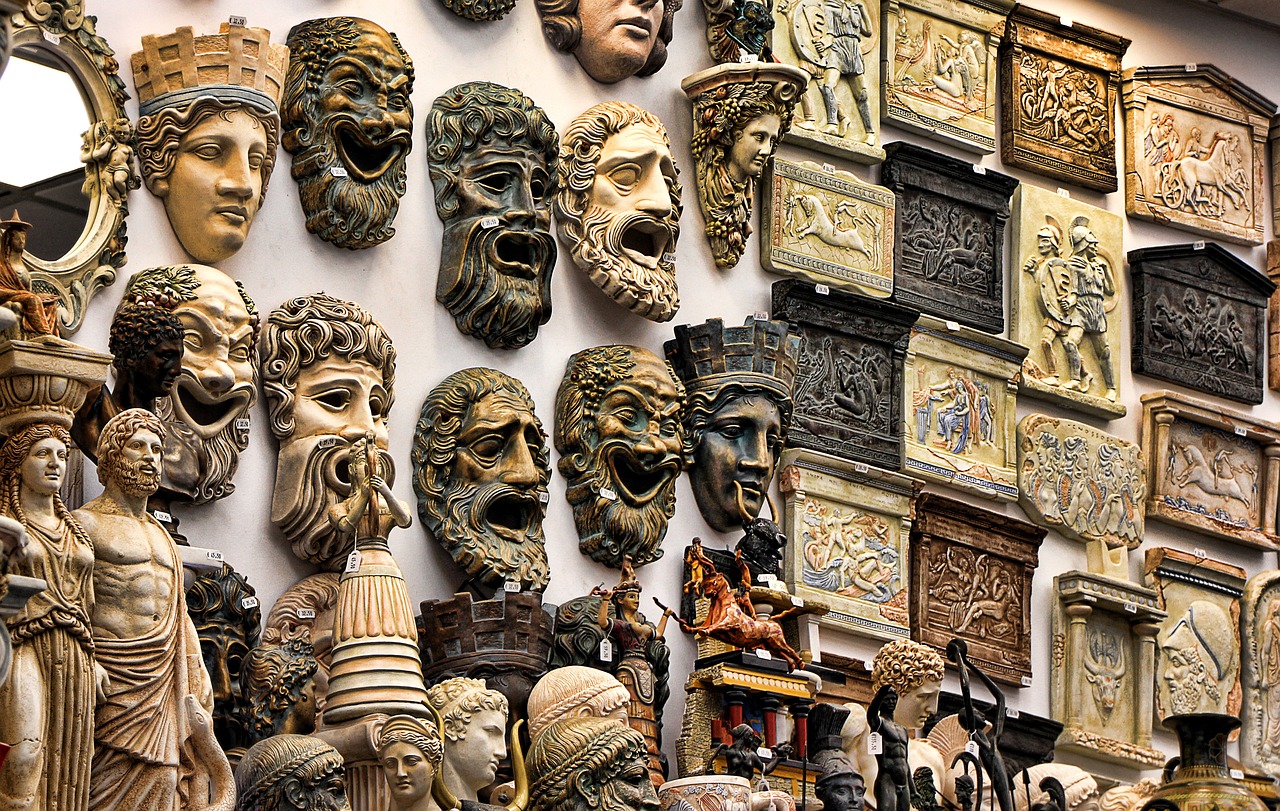
Cred is often portrayed in Scottish and Irish mythology as a beauty, a prophetess, or a queen caught in the throes of love. Among her most renowned tales is the romance with the valiant warrior, Cano mac Gartnain. Cred, known by various names such as Credhne, Credhe, Creidhne, and Credne, was the enchanting daughter of…
-
Welcome to a comprehensive exploration of Taranis, the intriguing and mighty Celtic god associated with thunder and storms. This article will delve deeply into various facets of Taranis, presenting an engaging resource about this captivating deity, including his origins, symbolism, worship practices, and cultural influences. Prepare to embark on an exhilarating journey through the ancient…
-
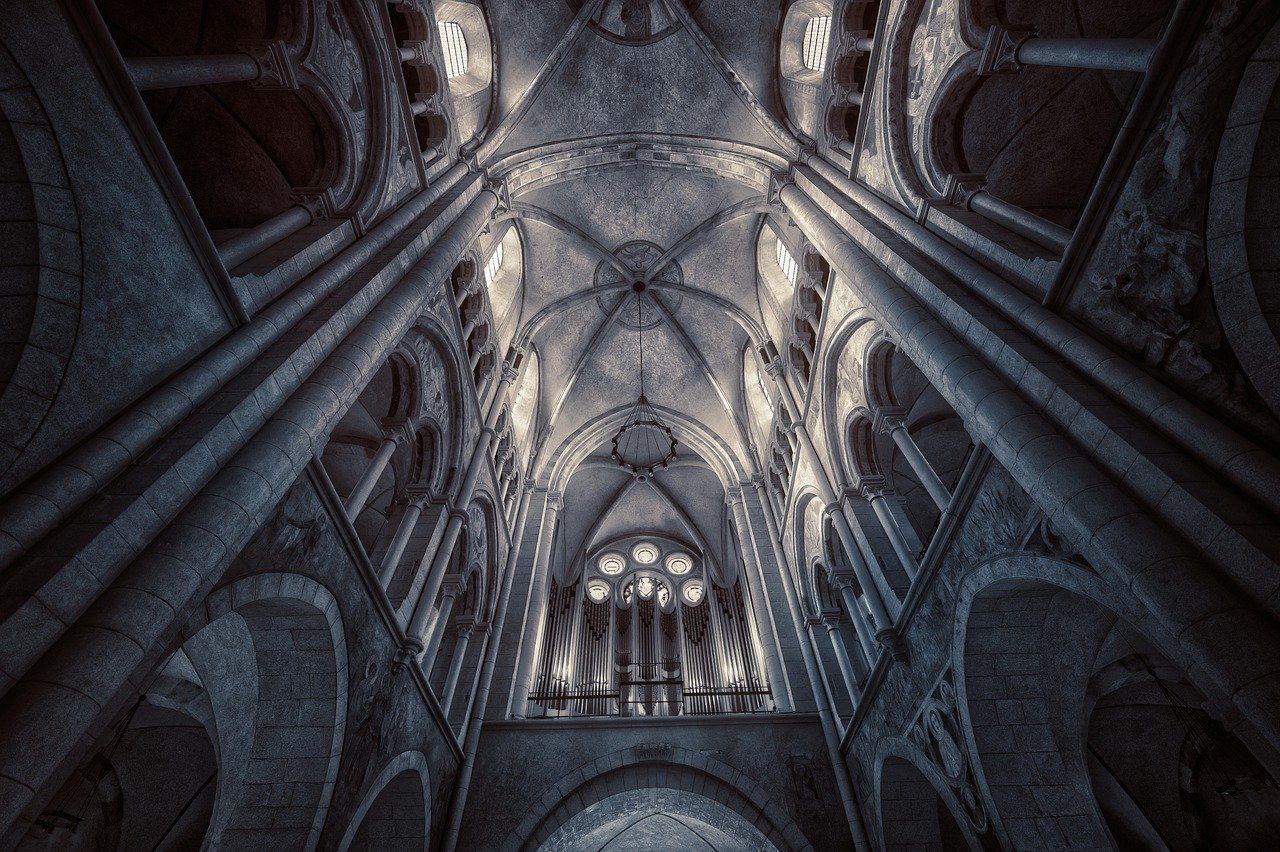
Celtic religion encompasses the spiritual beliefs and practices of the ancient Celtic people. The Celts, a significant Indo-European group, reached the peak of their cultural and territorial expansion during the 4th century BCE, spreading from the British Isles to Asia Minor. Following the 3rd century BCE, their history witnesses a steady decline, culminating in the…


